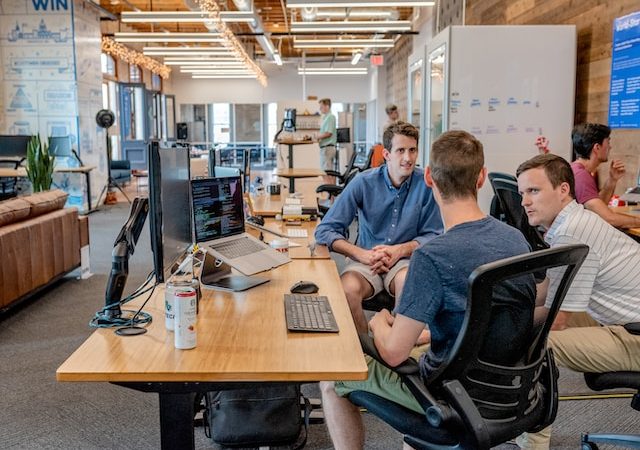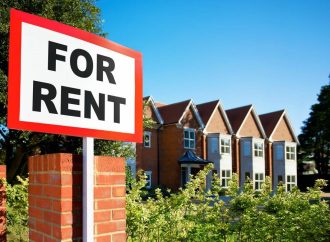Introduction: In the bustling metropolis of New York City, where dreams are born and fortunes made, a troubling trend is emerging. The unemployment gap in the city is widening, creating a stark divide between those who prosper and those who struggle. This article aims to delve into the factors behind this growing chasm and shed
Introduction:
In the bustling metropolis of New York City, where dreams are born and fortunes made, a troubling trend is emerging. The unemployment gap in the city is widening, creating a stark divide between those who prosper and those who struggle. This article aims to delve into the factors behind this growing chasm and shed light on the stories of those affected by the unemployment crisis.
1. The Numbers Paint a Bleak Picture:
The latest statistics reveal a sobering reality: the unemployment rate in New York City has risen to a staggering 8.5%, with certain communities experiencing even higher rates of joblessness. This disheartening figure not only impacts individuals and families but also has broader implications for the city’s social fabric and economic stability.
2. The Role of Automation and Technological Advancements:
Advancements in technology have undoubtedly revolutionized industries, but they have also disrupted traditional employment patterns. Automation and artificial intelligence have led to the displacement of many workers, particularly those in low-skilled jobs. As industries adapt to new technologies, individuals who lack the necessary skills and training face increasing challenges in finding suitable employment.
3. Impact of the COVID-19 Pandemic:
The COVID-19 pandemic has exacerbated the existing unemployment crisis in New York City. The city, once a hub of commerce and tourism, was hit hard by the pandemic’s economic fallout. Industries such as hospitality, retail, and entertainment, which employed a significant number of New Yorkers, were forced to downsize or shut down completely. As a result, many individuals found themselves suddenly unemployed, struggling to make ends meet.
4. Racial and Socioeconomic Disparities:
Unemployment does not affect all New Yorkers equally. Marginalized communities, particularly people of color and those from low-income backgrounds, bear a disproportionate burden of joblessness. Deep-rooted racial and socioeconomic disparities contribute to the widening gap, perpetuating a cycle of inequality and limited economic mobility.
5. The Importance of Education and Training:
Investing in education and skills training programs is crucial to bridging the unemployment gap. Equipping individuals with relevant skills and knowledge not only increases their employability but also empowers them to adapt to an ever-evolving job market. Collaborative efforts between educational institutions, government agencies, and private sector partners can create pathways to employment and enhance economic opportunities for all New Yorkers.
Conclusion:
As the unemployment gap widens in New York City, it is imperative that we address the root causes and take proactive measures to reverse this trend. The consequences of persistent joblessness are far-reaching, affecting not only individuals but also communities and the city as a whole. By recognizing the impact of technological advancements, addressing the aftermath of the COVID-19 pandemic, confronting racial and socioeconomic disparities, and prioritizing education and skills development, we can begin to close the gap and build a more equitable and inclusive future for all New Yorkers.























Leave a Comment
Your email address will not be published. Required fields are marked with *